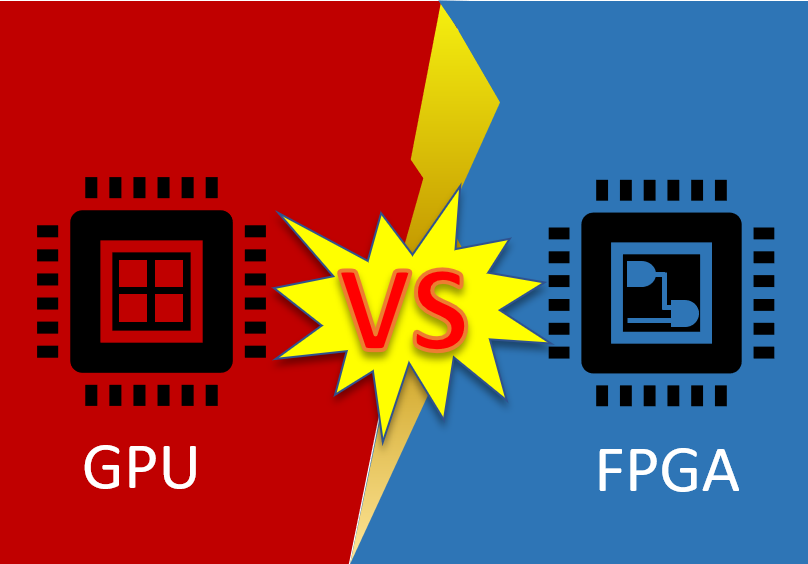
As the space industry continues to advance, the choice between using a Central Processing Unit (CPU) or a Field-Programmable Gate Array (FPGA) has become a critical decision for aerospace engineers. Both technologies have their unique strengths and limitations, and selecting the most suitable option depends on specific mission requirements and objectives. In this article, we will delve into the considerations when choosing between a CPU and FPGA in the space industry to achieve optimal performance and efficiency.
A CPU is a general-purpose microprocessor designed to execute instructions and perform complex computations sequentially. On the other hand, an FPGA is a reprogrammable semiconductor device that allows engineers to configure its logic circuits to perform custom tasks. While CPUs excel at sequential processing and complex algorithms, FPGAs shine in parallel processing and real-time applications.
In space missions, where timing and efficiency are crucial, the performance and speed of processing play a significant role. CPUs are well-suited for tasks that require intricate mathematical calculations and algorithmic processing. They offer high clock speeds and optimized architectures for sequential operations. However, FPGAs outperform CPUs in parallel processing tasks, making them ideal for real-time data processing and handling large volumes of data with minimal latency.
Space missions often require adaptable and flexible systems that can respond to changing conditions and unforeseen challenges. FPGAs provide unparalleled adaptability as they can be reconfigured and updated with new functionalities even after deployment. This reprogrammability allows for in-orbit updates, making FPGAs suitable for long-duration missions where continuous evolution is necessary. In contrast, CPUs are fixed in their design and lack the flexibility of FPGAs.
Power consumption is a critical factor in space missions, where resources are limited, and excess heat generation can be detrimental to spacecraft performance. FPGAs typically consume less power than CPUs for parallel processing tasks due to their ability to perform multiple operations simultaneously. However, CPUs might be more power-efficient for certain sequential tasks. Engineers must carefully analyze power requirements and thermal constraints to make an informed choice.
Space is a radiation-intensive environment, and electronic components must be radiation tolerant to ensure mission success. FPGAs are specifically designed to withstand radiation-induced effects, making them well-suited for critical systems in space. CPUs, while robust, may require additional radiation-hardening measures to match the radiation tolerance of FPGAs.
Cost is a significant factor in space missions, where budgets are often constrained. CPUs are generally more cost-effective than FPGAs due to their mass production and widespread use in various industries. FPGAs, being specialized devices, can be more expensive, particularly for high-performance models.
Choosing between a CPU and FPGA in the space industry is a complex decision that demands a thorough analysis of mission requirements, performance needs, power constraints, and budget considerations. CPUs excel in sequential processing and complex algorithms, while FPGAs shine in parallel processing and reconfigurable applications. Ultimately, engineers must strike the right balance to achieve optimal performance, efficiency, and adaptability to navigate the challenges and frontiers of space exploration successfully. Whether it’s leveraging the processing power of CPUs or harnessing the adaptability of FPGAs, the ultimate goal remains to propel humanity further into the cosmos and unlock the mysteries of the universe.